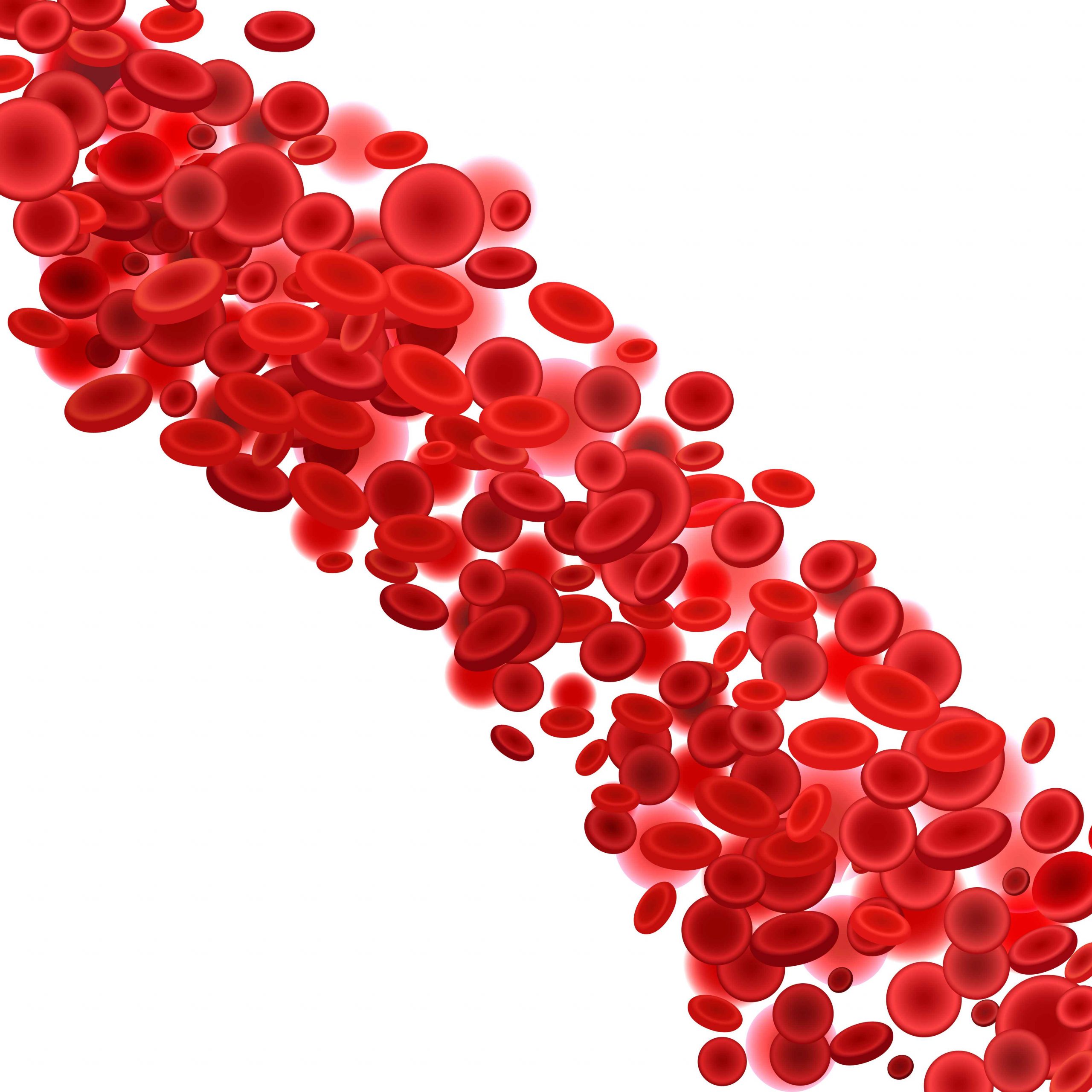
Excess Iron Storage? Understanding Hemochromatosis and its Management.
Hemochromatosis is a condition where the body absorbs and stores excessive iron, causing a buildup in various organs. Over time, this can lead to severe complications such as heart disease, liver disease, and diabetes. This guide will explore the causes, symptoms, diagnosis, and treatment of hemochromatosis, as well as ways to manage the condition with lifestyle changes.
What is Hemochromatosis?
Iron plays a crucial role in the body, supporting oxygen transport and energy production. However, in hemochromatosis, the body struggles to expel excess iron, which can accumulate in tissues and damage organs. The condition affects multiple systems in the body, including the liver, heart, and pancreas.
Types of Hemochromatosis:
There are several types of hemochromatosis:
- Hereditary Hemochromatosis: The most common type, which is inherited through genes. People with this type have a genetic mutation that causes their bodies to absorb too much iron.
- Secondary Hemochromatosis: This type occurs as a result of other conditions, such as chronic liver disease, blood disorders like thalassemia, or repeated blood transfusions.
- Juvenile and Neonatal Hemochromatosis: Although rare, these types occur in younger individuals. Juvenile hemochromatosis develops in adolescence, while neonatal hemochromatosis appears at birth, often causing liver damage.
- Alcoholic Hemochromatosis: Excessive alcohol consumption can lead to iron overload, particularly in individuals with underlying liver issues.
Symptoms of Hemochromatosis:
Symptoms may vary depending on the severity and progression of the iron buildup. Many people show no signs in the early stages, and symptoms only appear as iron accumulates in organs. Common symptoms include:
- Joint Pain: Often in the hands and knees, and one of the early signs.
- Fatigue and Weakness: Iron overload can lead to persistent tiredness and a general lack of energy.
- Abdominal Pain: Discomfort or pain in the upper right part of the abdomen, near the liver.
- Diabetes: Iron deposits in the pancreas can disrupt insulin production, leading to diabetes.
- Skin Darkening: A bronze or gray discoloration may occur, especially in areas exposed to the sun.
As the condition progresses, symptoms can become more severe and may include liver cirrhosis, heart failure, and hormonal issues that cause sexual dysfunction or early menopause.
Diagnosis of Hemochromatosis:
Since early symptoms of hemochromatosis are often subtle, many cases go undiagnosed. However, a simple blood test can reveal elevated iron levels. Tests your doctor may recommend include:
- Serum Ferritin Test: Measures stored iron in the body.
- Transferrin Saturation Test: Assesses how much iron is bound to a protein that transports it in the blood.
- Genetic Testing: Confirms hereditary hemochromatosis by identifying gene mutations.
- Liver Biopsy or MRI: These tests evaluate iron levels in the liver, especially if liver damage is suspected.
Treatment for Hemochromatosis:
The primary treatment for hemochromatosis is phlebotomy, a procedure where blood is drawn regularly to reduce iron levels. Treatment frequency depends on your body’s iron levels. Initially, phlebotomy may be done once or twice a week. As iron levels normalize, the frequency decreases to a maintenance schedule every few months.
For those unable to undergo phlebotomy, chelation therapy may be an alternative. This involves medication that binds with iron and allows your body to eliminate it through urine or stool.
Lifestyle Changes for Managing Hemochromatosis:
In addition to medical treatment, lifestyle changes can support iron management:
- Dietary Adjustments: Limit iron-rich foods, especially red meat and fortified grains. Avoid foods high in vitamin C during meals, as vitamin C enhances iron absorption.
- Exercise Regularly: Physical activity supports heart and joint health, which can be affected by iron overload.
- Avoid Alcohol: Alcohol can increase iron absorption and strain the liver, which is already at risk in hemochromatosis patients.
- Avoid Iron Supplements: Since your body already has too much iron, steer clear of iron supplements and multivitamins containing iron.
Conclusion:
Hemochromatosis is a complex condition that requires lifelong management, but with early diagnosis and proper treatment, individuals can lead a healthy life. If you suspect you might have symptoms of iron overload, a simple blood test can set you on the path to effective treatment. By working closely with your healthcare provider and making supportive lifestyle adjustments, you can minimize the impact of hemochromatosis on your health.
For More Information Click here


